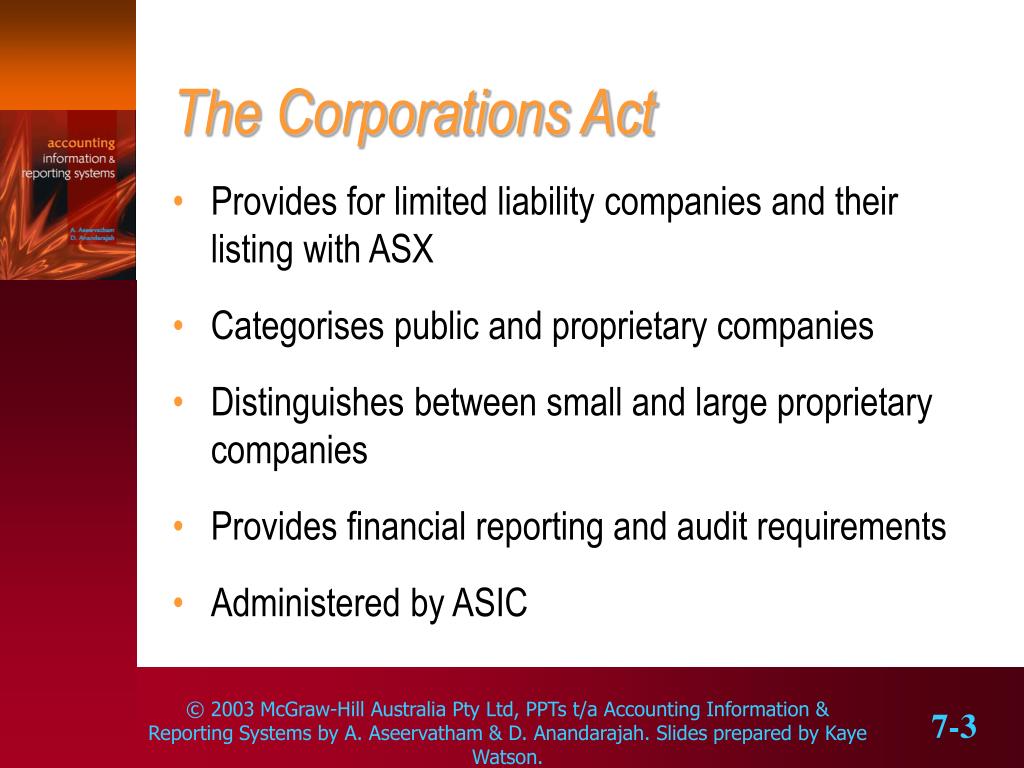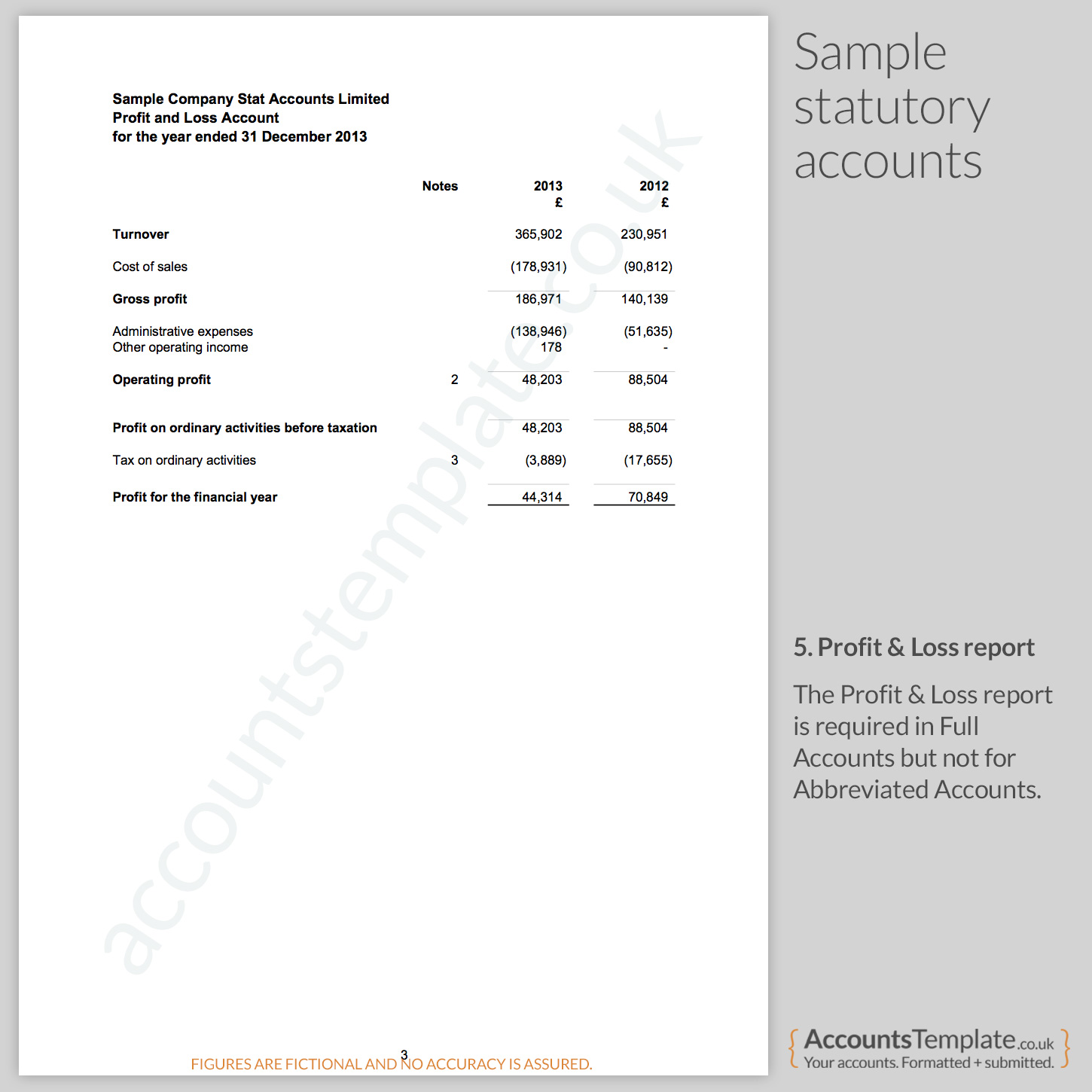

Statutory Accounting Principles are designed to enhance the transparency of the liquidity and assets of insurance companies. On the other hand, Statutory Accounting Principles targets insurance company’s solvency-based accounting methods. The main difference between GAAP and Statutory Accounting Is that GAAP is followed to provide useful insights to investors and shareholders for researching a company’s financial health.Main Differences Between GAAP and Statutory Accounting The table in Note 20 shows actual statutory surplus and capital for the general casualty of the insurer and retirement and life insurance line of business compared to the minimum required statutory surplus and capital. Under Note 20 of 2019 fourth-quarter 10-k financial statements AIG or American International Group presents “Statutory Financial Data and Restrictions”. NAIC or National Association Insurance Commissioners developed the Statutory Accounting Principle to adhere to 3 main values- recognition, consistency, and conservatism. The statutory Accounting Principle is developed under the GAAP framework, but the Statutory Accounting Principle mainly focuses on maintaining and recording solvency measures of firms. State regulators look for sufficient surplus and capital in a firm as required by Statutory Accounting Principle for providing a safety net. So that they may assure that all obligations are fulfilled by contract holders and policyholders. GAAP or Generally Accepted Accounting Principles refer to a set of accounting standards and principles generally issued by the FASB or Financial Accounting Standards Board.įinancial statements prepared under SAP or Statutory Accounting Principle are submitted to state regulatory bodies for reviewing the solvency of the insurance firms, It has strict rules related to the net income calculation of the insurance companies. Under the Statutory Accounting Principle entity value is recorded as statutory policyholder surplus. GAAP has relatively less strict rules related to the net income calculation of the companies. Under GAAP entity value is recorded as a stockholder. Statutory Accounting Principles do not follow any matching principle. When preparing the financial statements of the companies, GAAP follows the matching principle. These are supplies, tax credit, goodwill, and so on. Statements prepared under Statutory Accounting Principles are used to identify a company’s current value. This financial information allows investors to understand whether insurers are capable of paying insurance claims.įinancial reports prepared under GAAP are assets of the company which increases the overall asset value of the company. Insurance companies prepare their financial statements under the guidelines of Statutory Accounting Principles. The main purpose of GAAP or Generally Accepted Accounting Principles is to ensure that reporting of the financial statement is consistent and transparent from one company to another. The NAIC or National Association Insurance Commissioners follow the SAP or Statutory Accounting Principle framework for recording the companies’ financial transactions. Only insurance companies need Statutory Accounting. Exchange and Security Commissions to follow GAAP. When the companies file their financial reports, they are required by the U.S. Comparison Table Parameters of ComparisonĮvery company in the U.S. SAP aims to ensure the insurance firms’ solvency so that they can fulfill the obligations of their policyholders.

Statutory Accounting Principles or SAP refer to a set of accounting regulations issued by the NAIC or National Association Insurance Commissioners for preparing the financial statements of an insurance firm.


 0 kommentar(er)
0 kommentar(er)
